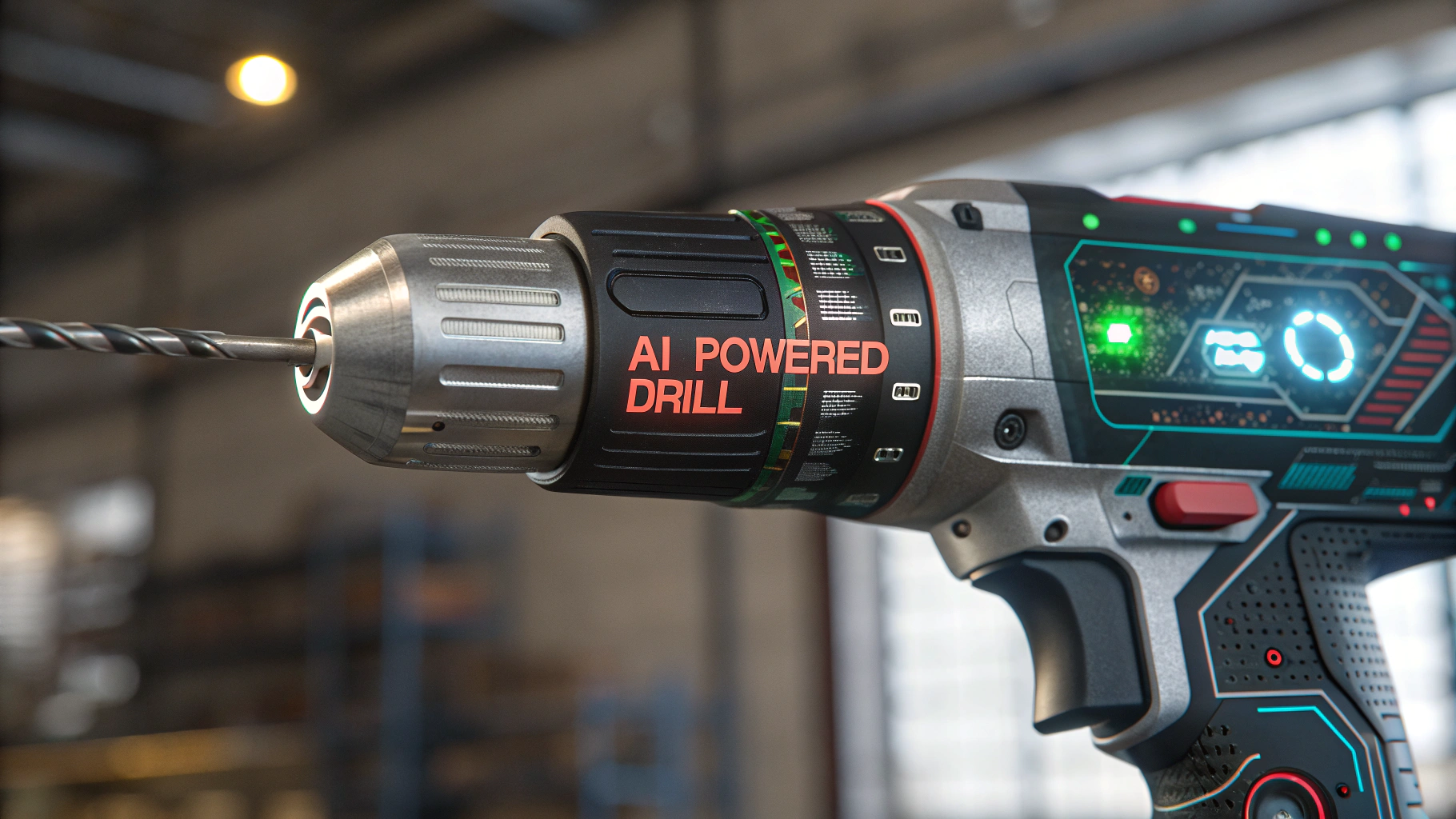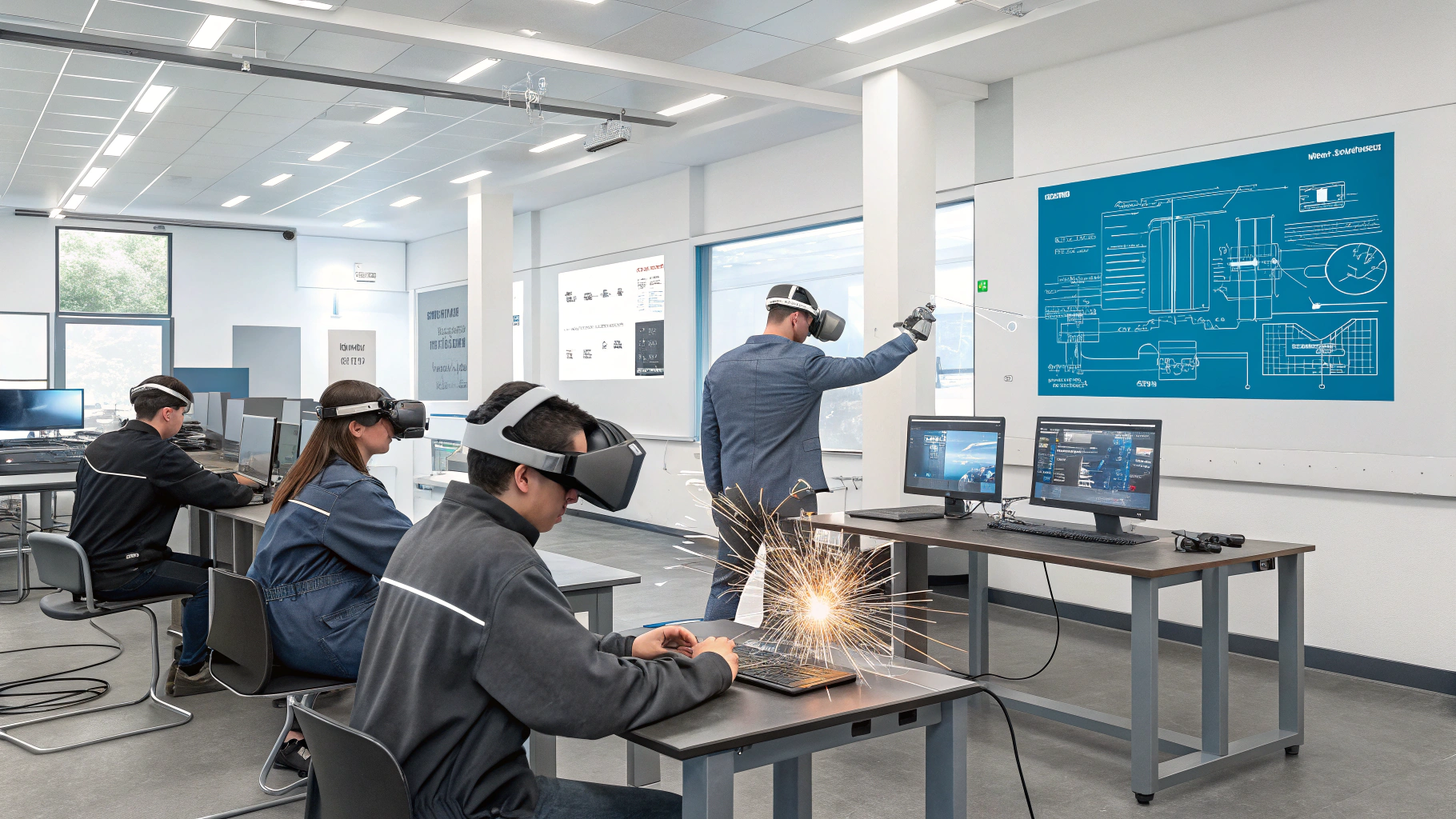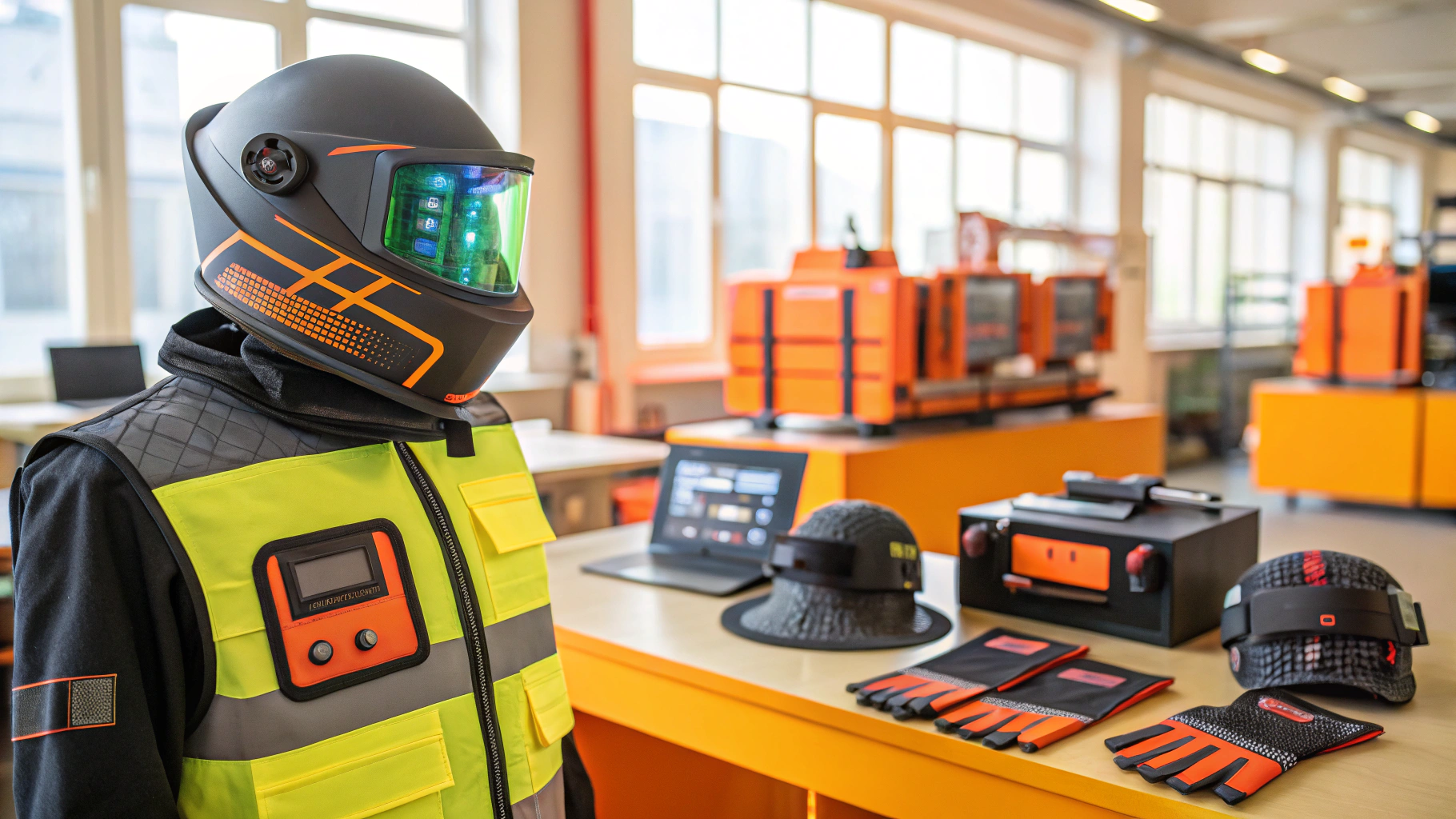Trades Tools for Beginners: Smart Digital Tech Revolutionizing Equipment
The skilled trades are changing faster than ever since the industrial revolution. If you’re just starting out, it’s not just about faster drills or brighter work lights anymore but finding new, smarter, and more efficient ways to fix and build. Just imagine learning plumbing with augmented reality guides, or using AI-powered tools that prevent costly mistakes before they happen. Today’s smart trade tools are creating safer job sites, faster training, and better careers for tomorrow’s workforce. Let's explore how digital technology is changing what it now means to work in trades.

1. Smarter Tools, Sharper Skills: Core Features Changing the Game
While your grandfather's toolbox held simple metal, today's trades tools for beginners offer advanced tech. Here's what makes them different:
- Precision Partners: Motion sensors and laser guides now come standard in entry-level tools. Take Milwaukee's Compact Laser Measure, a $149 device giving beginners millimeter accuracy that previously required years of experience 1. These smart tools help new electricians map circuits and apprentice carpenters make perfect cuts from day one.
- AI Coaches Built-In: "I used to panic about wiring errors," says Leticia M., a first-year electrical apprentice. "Now my drill's AI stops me if I'm about to cross circuits." Machine learning in tools acts like a digital foreman, analyzing sensor data to predict equipment failures 200 hours before breakdowns 2.
- Instant Team Connection: Cloud-connected tools sync your work instantly. When a Chicago plumbing crew used Bluetooth-enabled pipe cutters, their $2M hotel project finished 3 weeks early through real-time plan updates 3.
- Safety That Watches Your Back: Smart safety gear like 3M's IoT-enabled respirator ($289) tracks air quality and seals automatically when toxins spike. Combined with vibration-dampening tech in tools, these innovations help protect new workers who lack decades of safety instincts.

2. From Classroom to Job Site: Tech Accelerating Trade Education
Vocational schools are ditching chalkboards for holograms:
- Virtual Workshops: Portland Trade College's welding program uses VR headsets letting students practice on digital steel. "My first real weld was perfect because I'd already done 50 in VR," says grad Omar C. The school reports trainees master techniques 38% faster versus traditional methods 4.
- Pocket-Sized Mentors: Free apps like CircuitFlow guide electricians through complex installs using augmented reality. Simply point your phone at a breaker box to see color-coded wiring paths. It’s a game changer for visual learners.
- Tool Libraries 2.0: Startups like TechRentals offer beginners $20,000 equipment packages for $99/week. Their smart tracking ensures you only pay for tools when actually used, making premium tech accessible 5.

3. Real Results: How Digital Tools Boost Beginner Success
Adopting technology is no longer optional today, and here’s why:
- Safety First: Smart harnesses with proximity sensors reduced falls 89% on Denver skyscraper projects. "These vests don't just beep but they feel like a coworker watching your back," says foreman Luis R.
- Money Saved, Time Earned:
- Drones map construction sites in hours instead of days, slashing survey costs 67% 6
- AI inventory systems helped 142 contractors cut material waste by $18,500/year average 7
- Planet-Friendly Progress: Cement mixers with carbon trackers help new crews reduce emissions 18% through precise mixing, proving green tech isn't just for engineers.

4. Getting Started: Your Tech Adoption Roadmap
Don't drown in options, follow this path:
- First Investments:
- Motion-sensing tape measure ($129)
- Cloud-connected tool tracker ($79/year)
- Safety glasses with AR display ($199)
- Learn By Doing (Digitally): Apps like BuildAR Gold let HVAC trainees practice duct layouts in augmented reality before touching sheet metal. The Louisiana Carpenters Union credits such tools with reducing first-year material waste by 41% 8.
- Weekly Skill Upgrades: Join the #ToolTechTuesday movement. Many unions offer free weekly workshops teaching IoT basics and equipment software.

5. Navigating Tech Hurdles: What New Workers Face
While 91% of under-35 tradespeople embrace tech, certain challenges still exist:
- Cost vs Value: Monthly tool subscriptions can hit $300. This can be steep for apprentices earning $18/hour. However, companies like DeWalt PRO Reward give credits for completing digital training modules.
- Legacy System Frustration: Only 12% of sites use standard data formats like MTConnect, often forcing new workers to master multiple device apps 9. The solution is to push employers for unified platforms during hiring negotiations.

6. Success Stories: Beginners Winning With Tech
- Solar Trainee Triumph: Texas newcomer Mia K. used drone surveys to correct her supervisor's manual measurements. This earned her an early promotion!
- 3D Printing Pioneer: Detroit mechanic Samir P. printed custom Ford F-150 parts using $400 desktop printers, cutting repair times 60%
- Blockchain Builders: Thanks to smart contract skills, Dubai's NextGen Trades program graduates earn 23% more 10

Building Your Future: Next Steps for Trade Newcomers
The trades' tech revolution creates an urgent opportunity. Ask employers to provide training on smart tools and digital trade technology during your apprenticeship. Also, update your resume to highlight tech literacy. 94% of contractors now prioritize it over physical strength.
 As you step onto tomorrow's job sites, don’t be surprised if your cordless drill starts suggesting better drilling angles, and your safety helmet warns you about unstable scaffolding. Embrace these digital partners, but keep your hands dirty and always be hungry to learn. The future belongs to workers who are ready to upgrade their tools and their careers at the same time.
As you step onto tomorrow's job sites, don’t be surprised if your cordless drill starts suggesting better drilling angles, and your safety helmet warns you about unstable scaffolding. Embrace these digital partners, but keep your hands dirty and always be hungry to learn. The future belongs to workers who are ready to upgrade their tools and their careers at the same time.
 The blueprint for success is clear. Now grab your smart toolkit and build it.
The blueprint for success is clear. Now grab your smart toolkit and build it.


